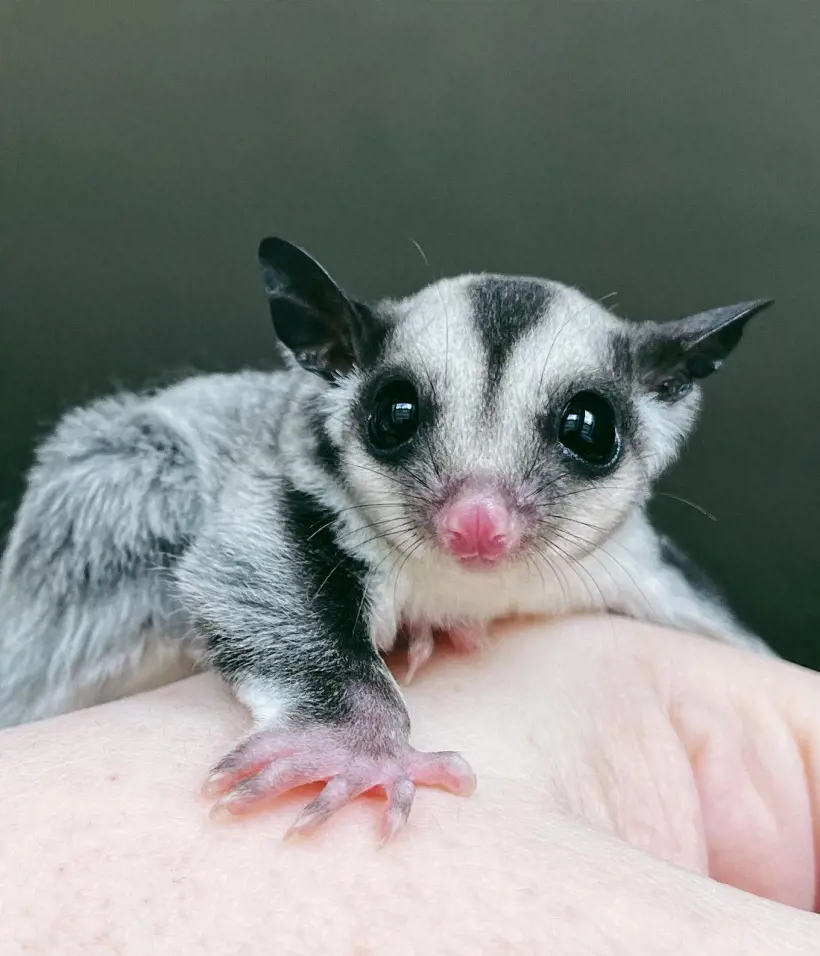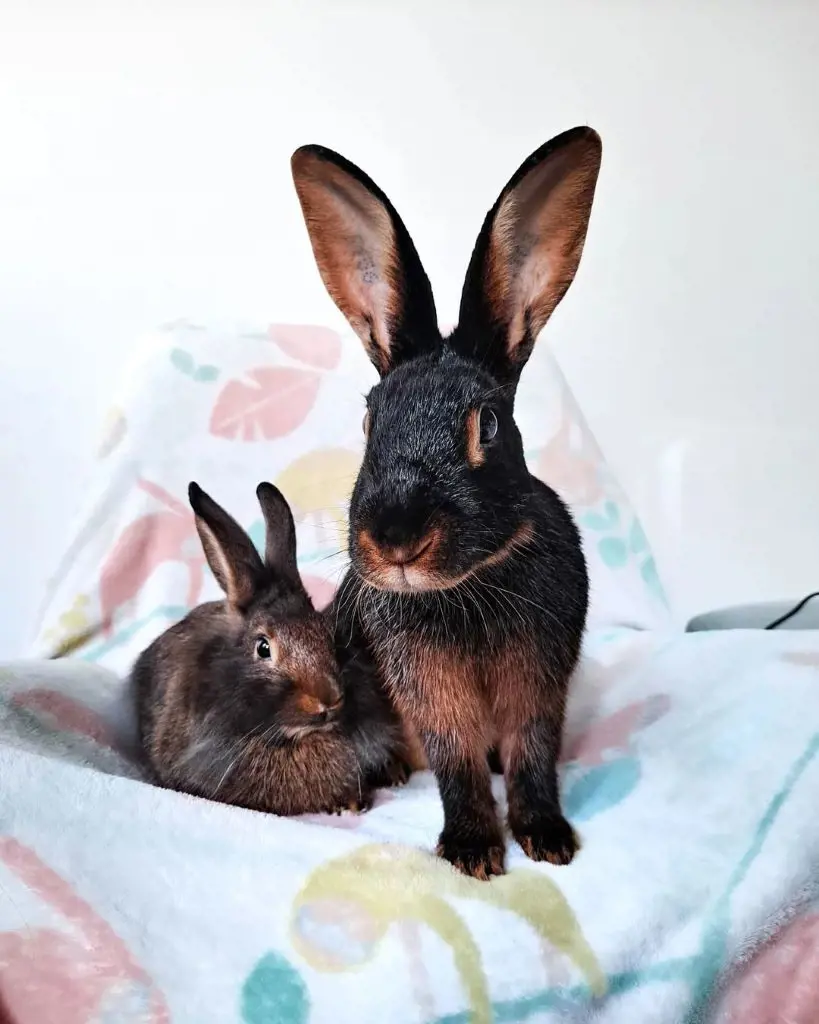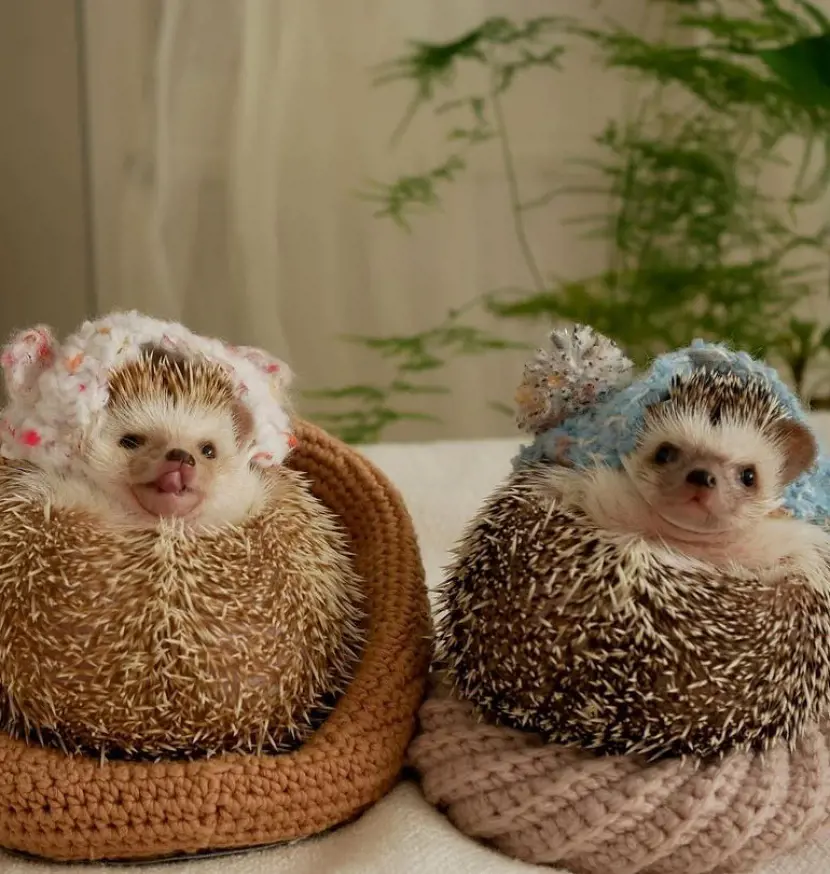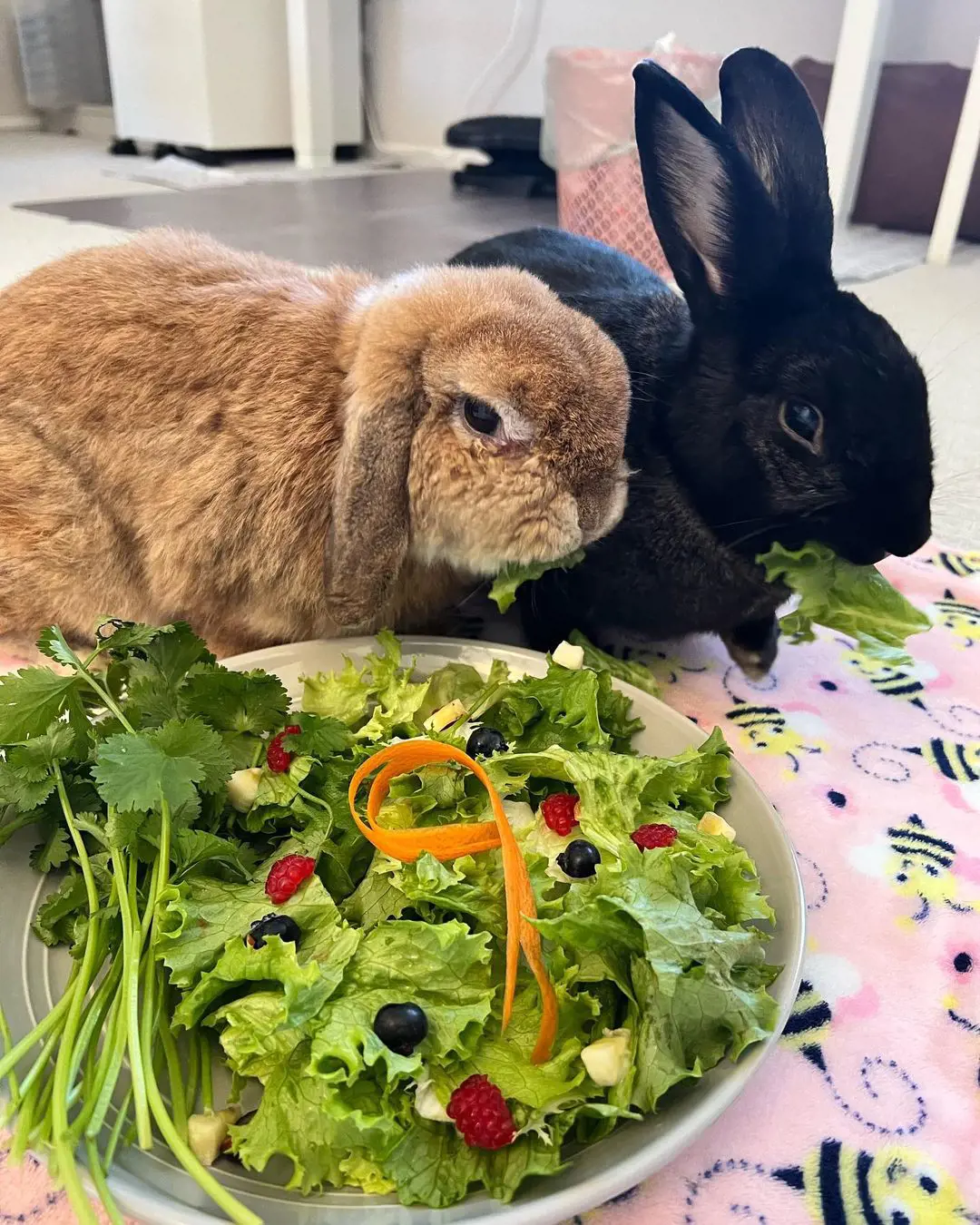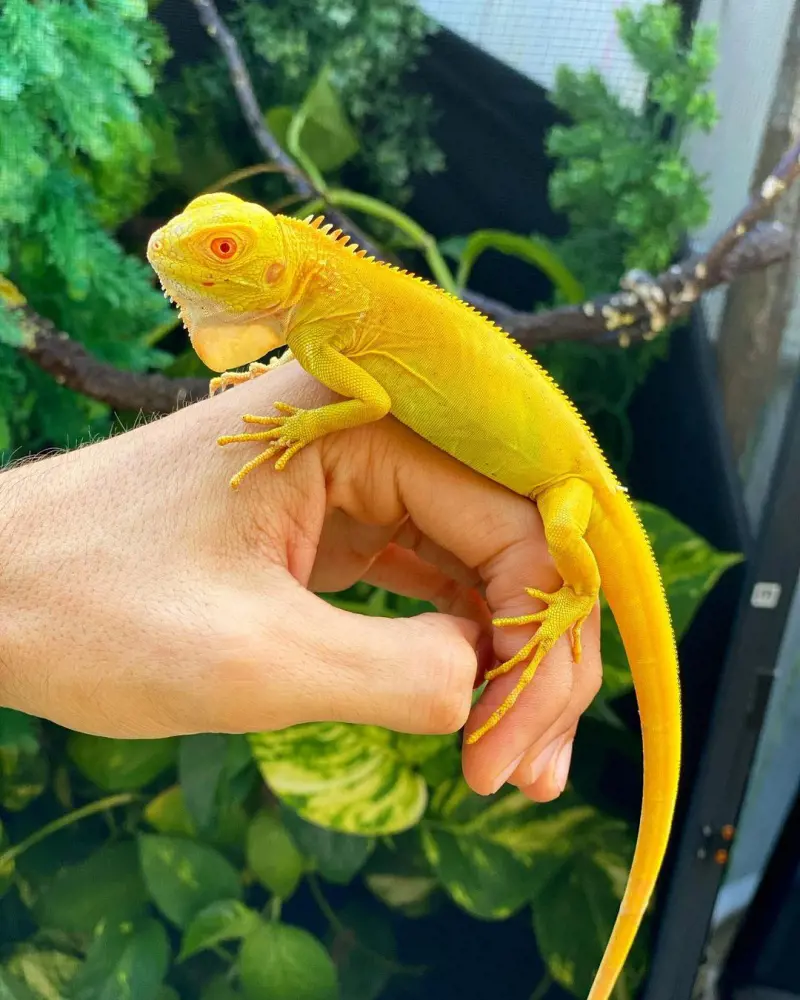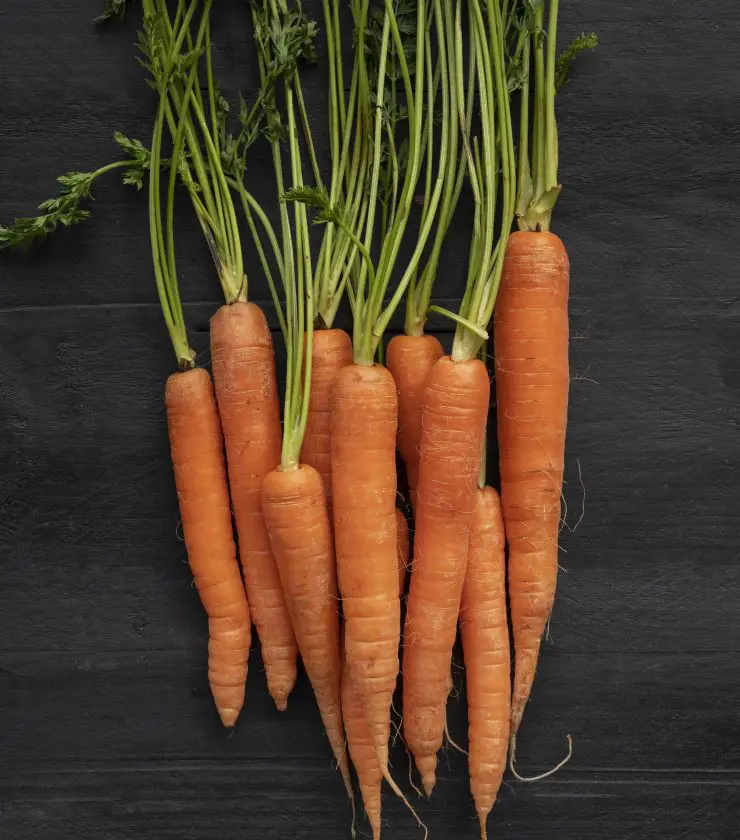10 Best Pet Tortoise Types For Beginners
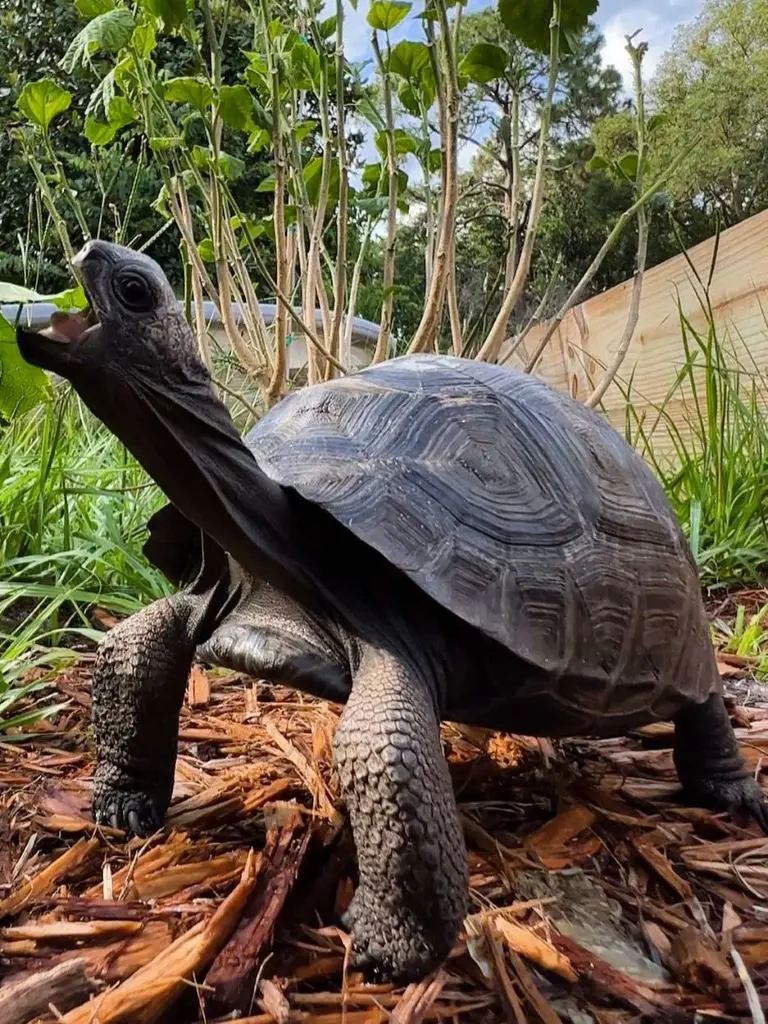
This post may contain affiliate links. If you make a purchase through links on our site, we may earn a commission.
Are you thinking of bringing home the uniquely beautiful tortoise? Embarking on a journey of becoming a terrestrial turtle enthusiast is an exciting venture, but choosing the right companion for your reptilian journey is crucial, especially for beginners.
In this guide, we unveil the "10 Best Pet Tortoise Types for Beginners," offering a curated selection of captivating and manageable tortoise species.
We have listed insights on each of their origin, size, characteristics, and essential care tips. These delightful shelled companions not only make wonderful pets but also provide a rewarding experience for novice reptile enthusiasts. We aim to empower beginners with the knowledge needed to create a thriving environment for your new, slow-moving friends.
1. Russian Tortoise
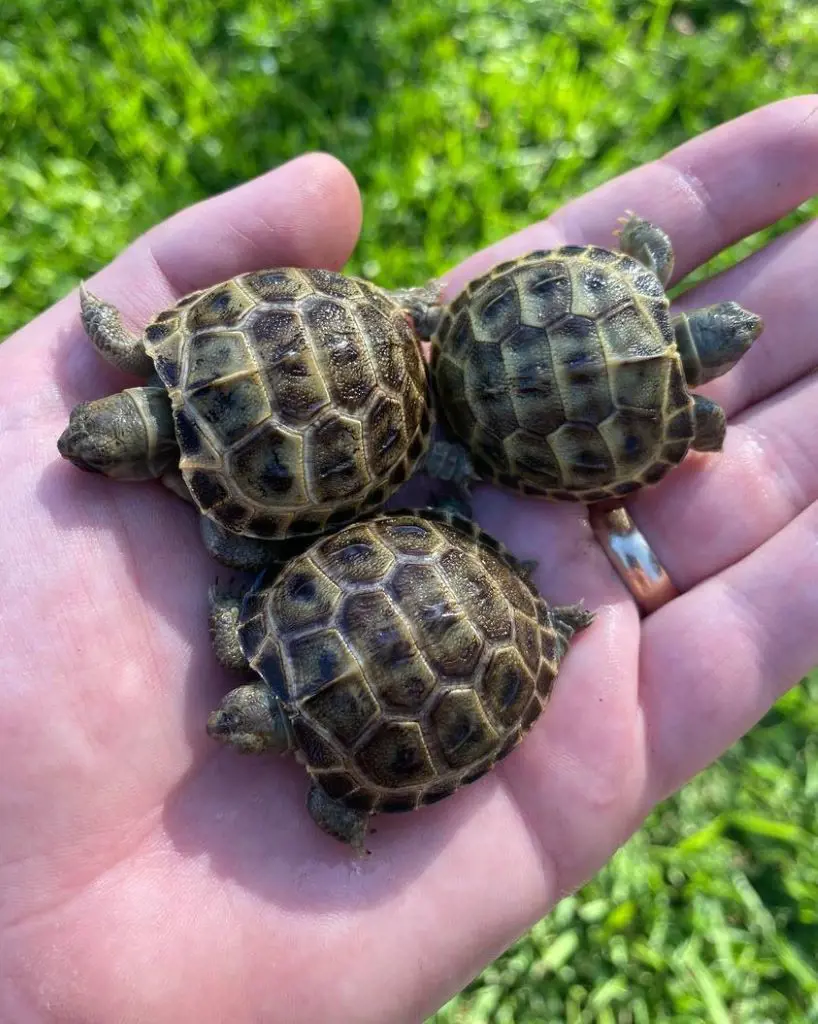
Lifespan: 40-50 years
Cost: $100-$200 USD
The Russian Tortoise (Agrionemys horsfieldii) is a small, hardy species native to Central Asia, Russia, and parts of Iran. It is recognized for its manageable size, typically ranging from 6 to 10 inches. This tortoise boasts a domed shell with intricate patterns and short limbs.
Displaying a resilient and adaptable nature, it thrives in arid, terrestrial environments. They sport a distinctive tan to olive coloration. The Russian Tortoise is a herbivore, primarily consuming a diet rich in fibrous plants. They require a well-ventilated enclosure, access to sunlight, a varied diet of greens, and a warm habitat.
2. Hermann's Tortoise

Lifespan: 50-100 years.
Cost: $150-$400 USD.
Hermann's Tortoise (Testudo hermanni) is a tortoise species indigenous to Southern Europe, particularly the Mediterranean region. It is recognized by its high-domed shell adorned with intricate yellow and black markings. This tortoise typically reaches a size of 5 to 8 inches.
Hermann's Tortoise thrives in warm, dry environments. Exhibiting a gentle demeanor, it is a herbivore by nature and its diet includes a variety of greens, vegetables, and occasional fruits. Their care needs is similar to Russian tortoise requiring a Mediterranean-like habitat, a varied diet, and UVB lighting.
3. Greek tortoise

Lifespan: 50-100 years.
Cost: $100-$300 USD.
The Greek Tortoise (Testudo graeca) is an enchanting reptile native to Southern Europe, including Greece and neighboring regions. With a size typically ranging from 6 to 10 inches, this species exhibits a high-domed shell adorned with distinctive markings.
They are renowned for their resilient nature and thrives in warm, arid environments. They have a captivating appearance with intricate patterns. Greek Tortoise is an herbivore, consuming a diet rich in fibrous plants. Maintaining this tortoise requires mimicking its natural habitat, offering a balanced diet, and providing access to UVB light.
4. Red-footed Tortoise
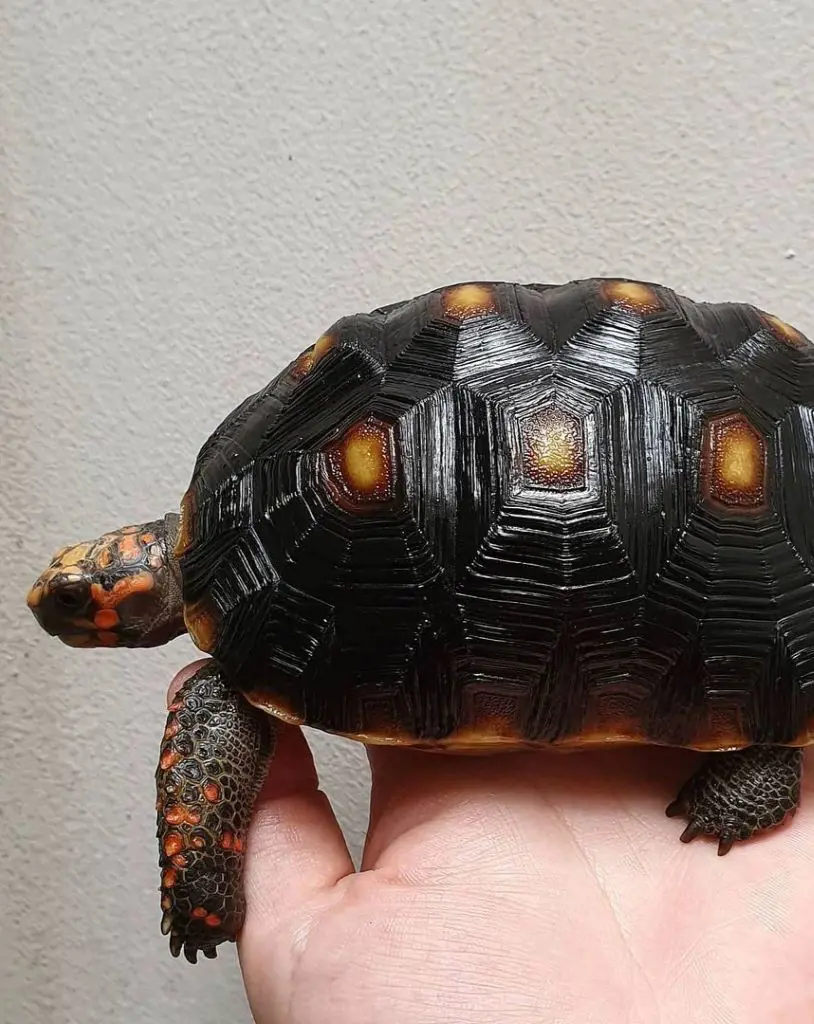
Lifespan: 50-100 years.
Cost: $150-$500 USD.
The Red-footed Tortoise (Chelonoidis carbonaria) is a reptile species native to the lush rainforests of South America. The distinct feature of this tortoise is its high-domed shell and striking red or yellow scales on its limbs.
This tortoise attains a size of 10 to 16 inches. Its care involves creating a warm and humid habitat, accompanied by a diverse diet comprising fruits, vegetables, and occasional protein. The Red-footed Tortoise thrives in captivity and are known for their vibrant appearance and amicable nature. This species promises long-lasting companionship for reptile enthusiasts seeking a visually appealing and engaging addition to their collection.
5. Marginated tortoise
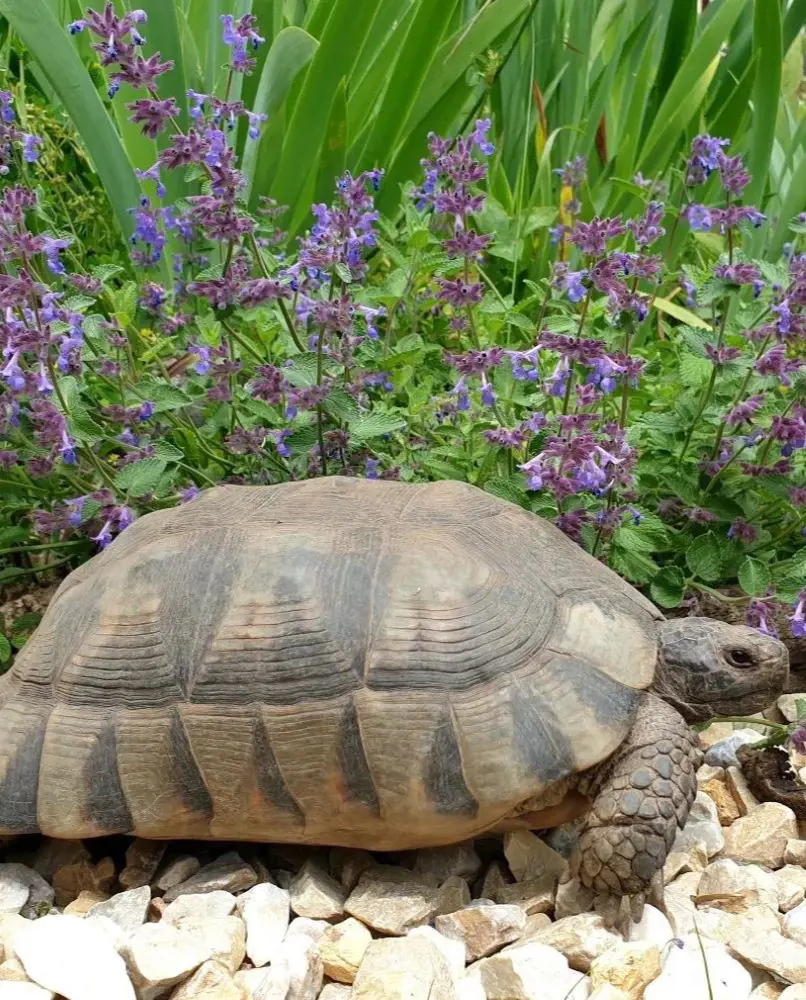
Lifespan: 70-100+ years.
Cost: $200-$500 USD.
The Marginated Tortoise (Testudo marginata) is a captivating species originating from Southern Greece, Italy, and the Balkans. This medium-sized tortoise typically reaches a size of 8 to 12 inches, featuring a high-domed shell with a distinctive serrated edge and marked limbs.
Their high-domed shell has a serrated margin, with intricate markings that vary in shades of brown and yellow. Their limbs often have distinct patterns, contributing to their overall unique appearance. They thrive in warm and dry environments. Providing a spacious and secure outdoor enclosure with proper temperature gradients is crucial.
6. Sulcata Tortoise

Lifespan: 70-100+ years.
Cost: $200-$1,000+ USD.
The Sulcata Tortoise (Centrochelys sulcata), also known as the African Spurred Tortoise, is a large and impressive species native to sub-Saharan Africa. They are renowned for their substantial size, often exceeding 30 inches in length. They are one of the largest tortoise species globally. Featuring a heavily domed shell and robust, stocky limbs, Sulcata Tortoises have a distinctive appearance.
The shell may exhibit a pale yellow to tan coloration with prominent growth rings. They thrive in warm environments. Providing a spacious outdoor enclosure with proper heating and lighting is essential. Sulcata Tortoises' diet includes grasses, hay, and fibrous plants. Adequate hydration is crucial, and they benefit from soaking in shallow water.
7. Indian Star Tortoise
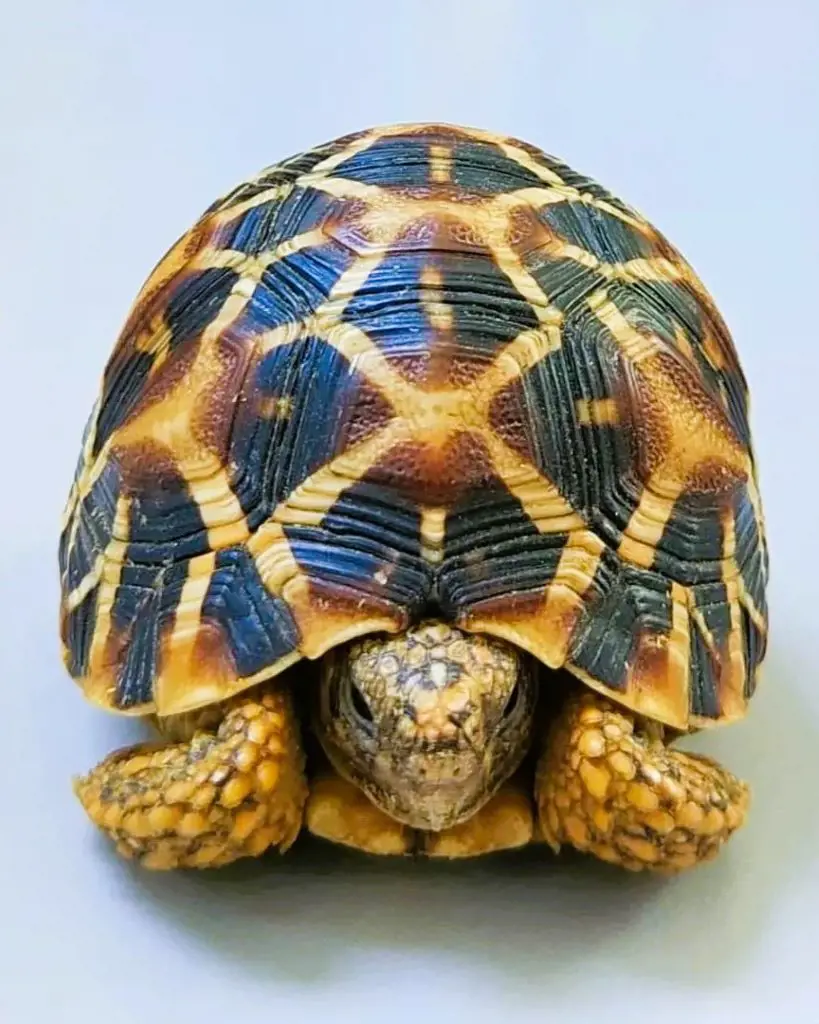
Lifespan: 30-80 years.
Cost: $300-$800 USD.
The Indian Star Tortoise is a visually stunning and relatively small tortoise species that requires careful attention to its habitat, diet, and conservation considerations. They originated in India and Sri Lanka. These tortoises typically reach a size of 5 to 8 inches only.
They inhabit scrublands and grasslands. In captivity, they require a warm and tropical environment, with access to both sunlight and shade. A diet comprising a variety of leafy greens, vegetables, and calcium supplements is essential for their health.
8. Leopard Tortoise
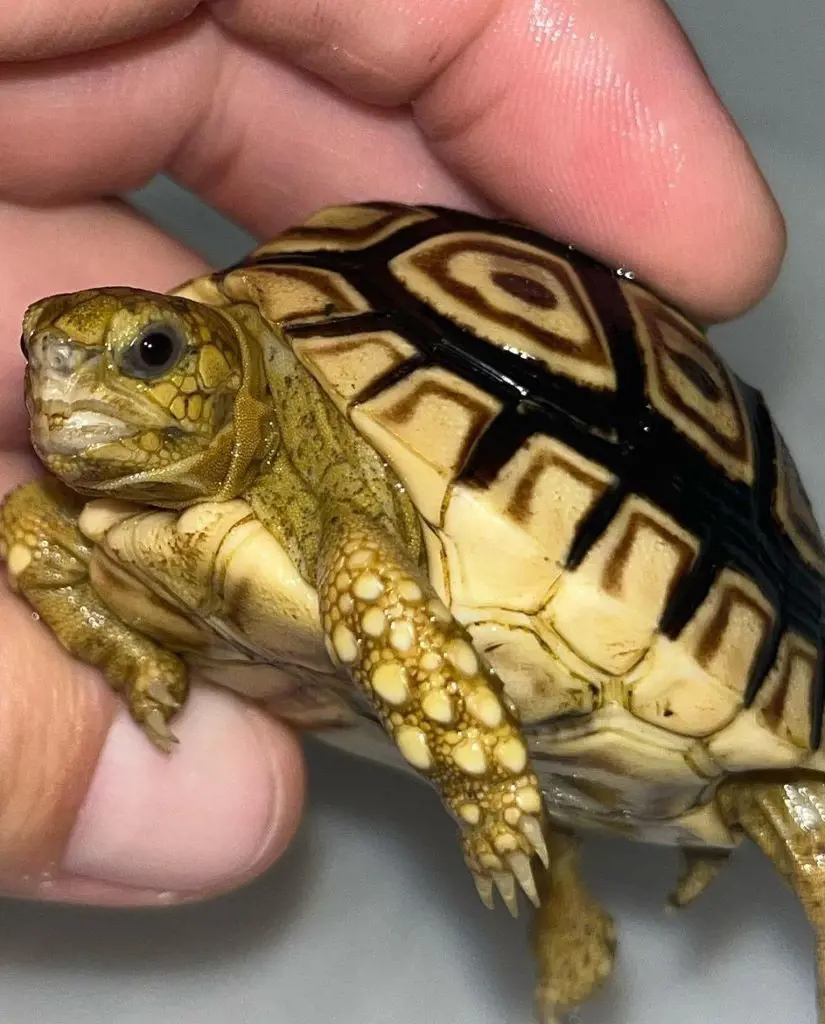
Lifespan: 50-100+ years.
Cost: $200-$800 USD.
The Leopard Tortoise (Stigmochelys pardalis) is a large and distinctive species native to Eastern and Southern Africa. One of the larger tortoise species, Leopard Tortoises can attain sizes of 10 to 18 inches, with some individuals growing even larger.
They are named for the striking leopard-like markings on their shell. Leopard Tortoises boast a high-domed carapace with a mix of dark and light patterns. Their limbs are sturdy, and their overall appearance is robust and well-adapted to their terrestrial lifestyle. Providing a spacious outdoor enclosure is crucial and a diet consisting of grasses and hay, supplemented with leafy greens and vegetables, supports their nutritional needs.
9. Ornate Box Turtle
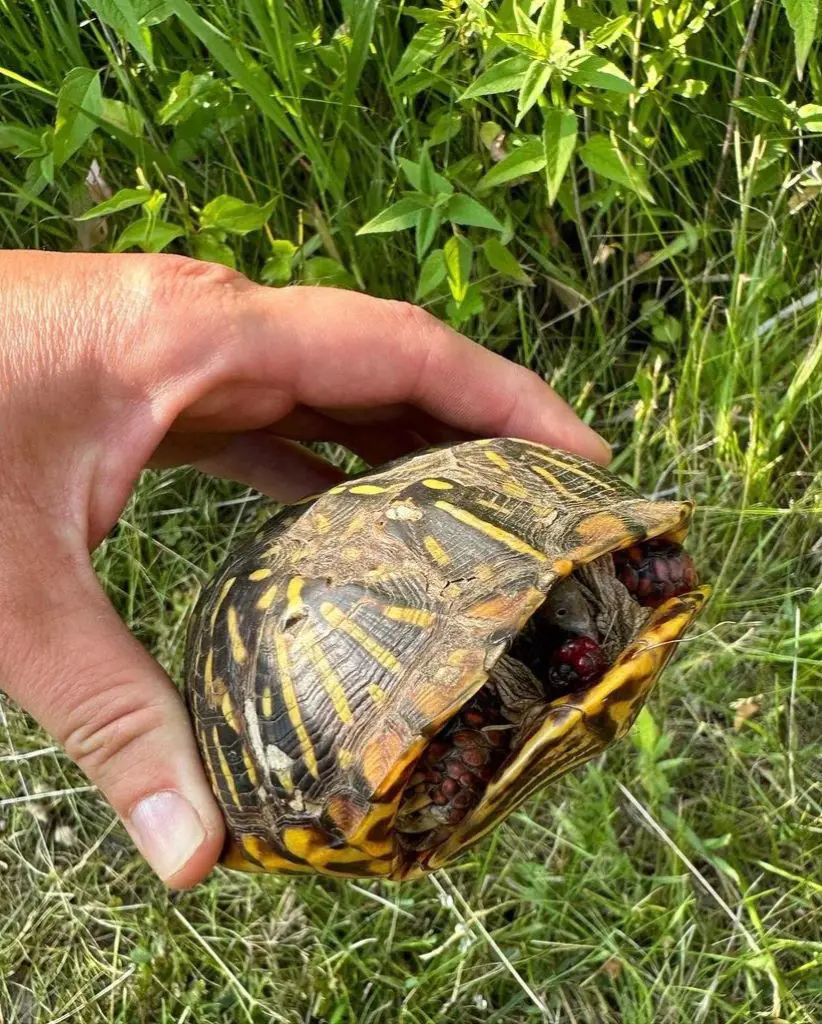
Lifespan: 30-50 years.
Cost: $100-$400 USD.
The Ornate Box Turtle is a terrestrial turtle species native to North America, and found in central and southwestern United States. They exhibit intricate patterns on their box-shaped shells, featuring a mix of bright colors, intricate lines, and a distinct hinge on the plastron that allows them to completely close themselves within their shell.
They are relatively small, with an adult size ranging from 4.5 to 6 inches. They inhabit a variety of environments, including grasslands, prairies, and open woodlands. They may burrow into the substrate or leaf litter to regulate their temperature or seek shelter. Their diet consists of a mix of insects, worms, vegetation, and fruits. A well-balanced diet is essential for their health.
10. Pancake Tortoise
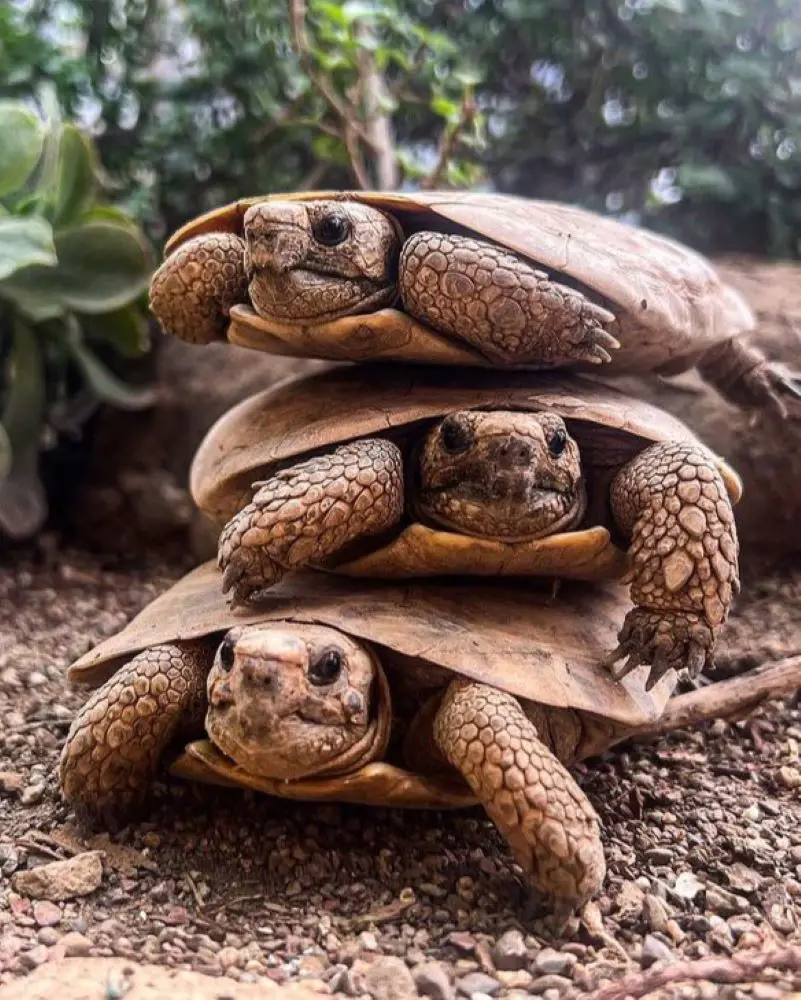
Lifespan: 25-50 years.
Cost: $150-$500 USD.
The Pancake Tortoise (Malacochersus tornieri) is a unique and fascinating species native to Eastern Africa, particularly Kenya and Tanzania. True to its name, the Pancake Tortoise has a flat, thin shell with a flexible edge, allowing it to wedge itself into rock crevices for protection.
Pancake Tortoises are relatively small compared to some other tortoise species typically reaching sizes of 6 to 7 inches. These tortoises inhabit arid regions with rocky terrain. Their flattened shape allows them to easily navigate and find shelter among rocks. Captive environments should mimic their natural rocky surroundings, with opportunities for climbing and hiding. They are primarily herbivores, consuming a diet consisting of grasses and other vegetation.
Recent posts
Pets
Pets
15 Sugar Glider Facts That Will Make You Want One
The undisputed champion of the night sky, the Sugar Glider, often referred to as nature's pocket rocket, is the embodiment of cuteness and agility. With their large, captivating eyes and furry, membranous wings, sugar gliders are tiny marvels that gr...
Pets
10 Cute Turtle Breeds For Pets
Turtles have earned their popularity as pets by captivating the hearts of animal enthusiasts around the world with their intriguing and unique appearance. The distinctive shell with intricate patterns and earthy hues make turtles visually appealing. ...
Pets
20 Rabbit Breeds That Will Make You Forget All About Other Pets
Having a rabbit as a pet is quite different from having a dog or a cat. Rabbits are low-maintenance pets, which can be a great option for people with busy lifestyles. They don't require daily walks. Furthermore, rabbits are eco-friendly companio...
Pets
10 Facts to Consider Before Owning A Hedgehog
Hedgehogs are fascinating creatures known for their distinctive appearance including bodies covered in spines, pointed snouts and tiny, bright eyes. One of the most unique features of these charming little animals is their ability to curl into a tigh...
Pets
What Rabbits Can Eat: A Guide To Healthy Foods
When it comes to nourishing our furry friends, rabbits have quite a discerning palate. From leafy greens to crunchy veggies and even the occasional sweet treat, there is a wide array of foods to delight their taste buds and keep them hopping with joy...
Pets
10 Best Pet Lizards For Beginners
The diversity of lizards as a species offers a spectrum of sizes, colors and behaviors making them fascinating pets for both seasoned reptile enthusiasts and beginners alike. Their intriguing features, playful antics and docile nature make these rept...
